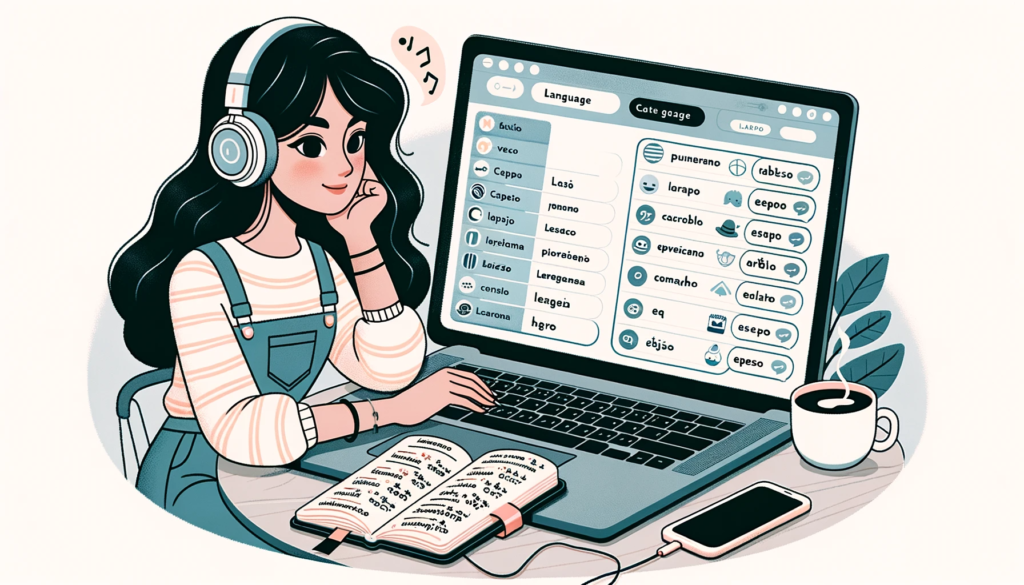Beyond Language Barriers: Building Effective Communication

Communicating with people from different cultural and linguistic backgrounds can sometimes feel challenging. Deep insight into and appropriate use of a variety of non-verbal elements and translation resources are also important for smooth dialogue. Knowing effective methods and techniques for getting your message across accurately and being understood is key to success in an international business environment.
This article will detail strategies and techniques for such communication.
Nonverbal communication: body language and gestures

Nonverbal communication plays a pivotal role as the key to building effective communication across language barriers. Body language and gestures are particularly effective as a means of reading the emotions and intentions of others and communicating one's own thoughts and feelings.
Importance of Nonverbal Communication
Nonverbal communication is said to make up the bulk of communication. Studies show that 70% to 90% of communication is nonverbal, which suggests that mere verbal communication is not enough.
Role of the line of sight
Eye contact is one of the most powerful means of nonverbal communication. To show interest and respect, it is important to catch the other person's eyes, but too much staring can make the other person uncomfortable and should be avoided.
Meaning of gesture
Gestures are also an essential part of communication. While they can have different meanings in different cultures and regions, nodding and shaking the head often have universal meanings, with nodding generally indicating agreement or understanding, and shaking the head expressing denial or disagreement.
Body orientation and communication
Body orientation can be a means of conveying different messages, such as interest and respect, or indifference and hostility. For example, facing the other person and turning the whole body to show interest and respect, and conversely, showing the back or side may indicate indifference or hostility.
power of countenance
A person's facial expression is a very effective means of directly communicating emotion and intent. Smiles indicate friendliness and calmness, frowns express frustration and anger, and so on, as a straightforward way to show each emotion.
Importance of natural body and use of nonverbal communication
Even though these nonverbal communications are important, it is counterproductive to overact them. Communicating in a natural way leads to building trusting relationships. Understanding and using body language and gestures appropriately will enable you to communicate effectively with people across cultures and languages. By acquiring this ability, your communication skills will be greatly enhanced.
State-of-the-art technology in language learning

Effective communication to overcome language barriers is deeply connected to the evolution of modern technology. In particular, many innovative approaches to language learning have emerged, and they are transforming the way we learn and communicate.
Advantages of Online Education
The Internet is an effective means of exchanging information and learning, and online education in particular eliminates time and location constraints. In addition, customized learning materials tailored to individual needs are provided, making learning more effective. For example,[ICSA]Online education at the "Mere Old Man" is popular as a way to acquire high communication skills, regardless of nationality.
Combination of smartphone applications and the latest technology
Smartphone and tablet apps are revolutionizing language learning; apps like Duolingo and Babbel offer game-like learning and utilize voice recognition and AI technology to provide personalized feedback.
Impact of Instant Translation Services
Modern technology has a great impact not only on language learning but also on communication in general. For example, instant translation services such as Google Translate and Microsoft Translator support communication between different languages. These tools also have the ability to read and translate textual information from images as well as voice and text, which is very useful in travel and business situations.
The Future of Technology and Communication
Modern technology is essential to improving language learning and communication. Technology will continue to evolve in the future, and as a result, we can expect our ability to communicate to increase even more.
Effective use of translation tools and resources

The first step in overcoming language barriers is to utilize effective translation tools and resources. Thanks to advances in technology, we now have access to information from all over the world and more means of communication, but this requires proper selection and use.
Limitations of Translation Tools and Cultural Context
A mere literal translation can lead to misinterpretation, as it is difficult to understand the cultural background and context. This is where high-quality translation tools and resources can help.
Machine learning-based translation services
Free machine learning-based online translation services such as Google Translate and Microsoft Translator are useful, but because they are primarily literal translations, their understanding of figurative and region-specific expressions is limited.
Role of experts and reliability of translations
Professional translation services by specialists with expertise in a particular culture or industry ensure a high degree of accuracy and reliability. This often includes the process of correction and proofreading.
Utilize a variety of language resources
Resources other than translation tools, such as language learning apps and websites, are also a good way to learn new vocabulary and expressions. They cover a wide range of terms, from everyday language to specialized terminology, and can improve your communication skills.
Importance of visual and audio materials
Internet resources, especially TED Talks and YouTube channels, are very useful for English language learners. They provide information in a format that combines visual and audio elements, which increases comprehension.
Practical interaction with native speakers
Exposure to real-life communication is also essential for language acquisition. Attempting to interact with native speakers at cross-cultural events or through video chat applications can be very beneficial.
Through sustained learning and practice, as well as effective use of tools and resources, you will gain the ability to transcend language barriers.
How to develop a better understanding of different cultures

In order to build effective communication across language barriers, it is crucial to develop an understanding of different cultures. Understanding the culture of other people and countries forms the foundation for having meaningful conversations with them.
Learning from Real Experiences
The best way to learn about another culture is to experience it firsthand. Travel is a great way to do this, and it is a natural way to broaden your horizons by meeting new places and people. In addition, time spent in a local area is a great opportunity to learn the local language and customs.
Learning through film and literature
If traveling is difficult, don't worry. You can also learn about different cultures through films and literature. Many films reflect a specific cultural background and offer a glimpse into different lifestyles and values. Biographies and history books are also great resources to delve deeper into a particular region or era.
Online information exchange
Online communities provide an opportunity to communicate directly with people from different countries and backgrounds. Many Facebook groups and forums bring together people of different nationalities and backgrounds to exchange information, where you can learn directly from local people and gain exposure to other perspectives and ideas, further deepening your cross-cultural understanding.
Importance of cross-cultural understanding
However, no matter how much you study, it is difficult to understand everything. It can cause misunderstandings and contradictions that arise between people from different cultural backgrounds. But the important thing is that we ourselves have the willingness and respect to understand others.
In addition, cross-cultural understanding is never a one-way street. By sharing your own culture as well, you will not only be accepted by others, but you will also deepen mutual understanding. This is the key to building truly effective communication. Let's aim for heart-to-heart communication, not just language.
summary
Transcending language barriers and achieving deeper communication requires a multifaceted approach. This includes foreign language learning, cross-cultural understanding and experience, and the effective use of technological tools (e.g., translation apps and AI assistants). In addition, non-verbal communication, such as gestures and facial expressions, as well as words, are crucial. The key to true communication lies in a spirit of mutual understanding and respect, and practicing this will foster effective communication skills.






